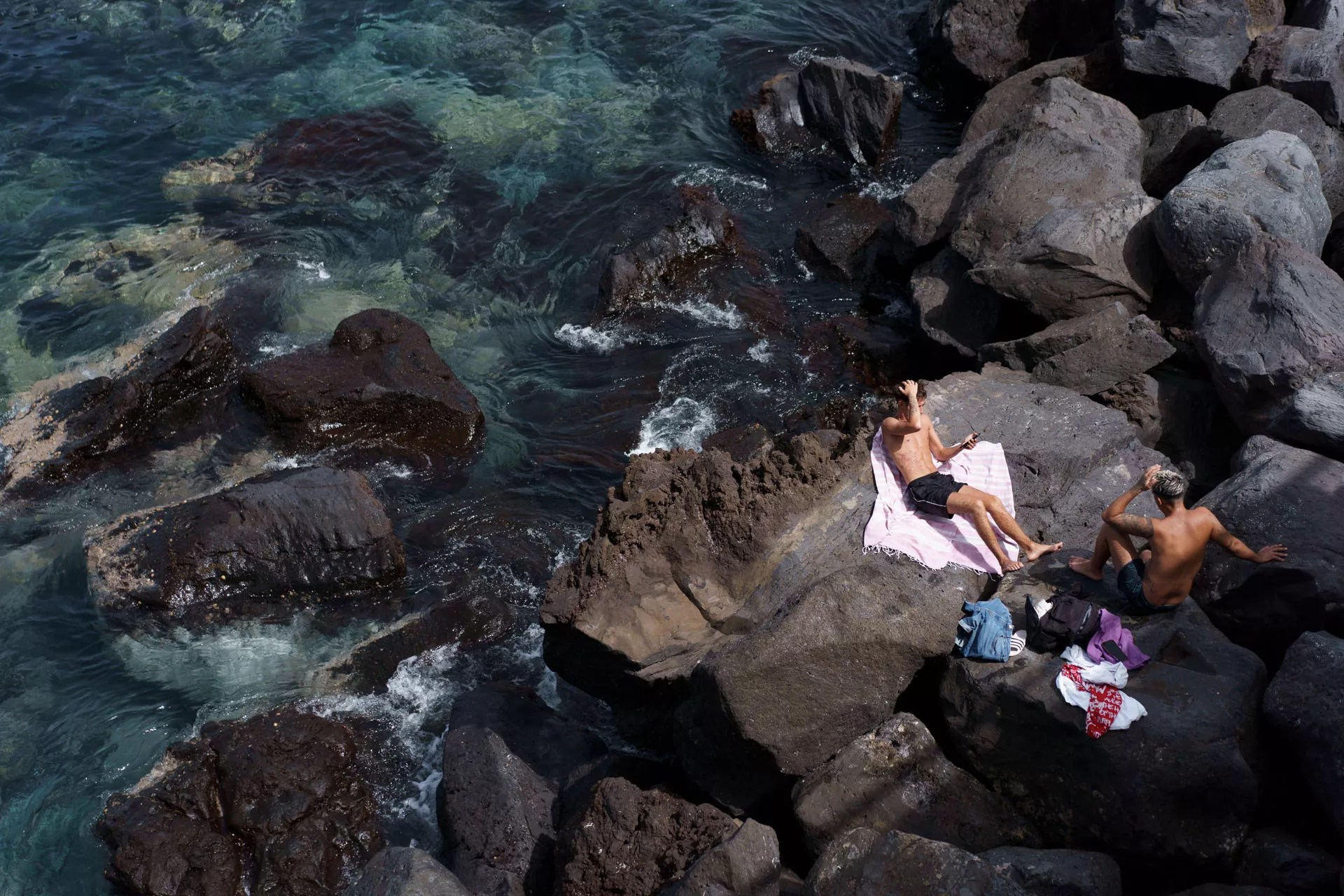Santa Cruz de Tenerife, 27 Mar. (Europa Press) –
The Board of Directors of the State Mercantile Company of the Basins of Spain (AUAES), under the Ministry for Ecological Transition and the Demographic Challenge, has awarded a contract for technical assistance services to conduct a study of alternatives, alongside an environmental assessment and the drafting of construction projects for the sanitation and wastewater treatment system in the Coldentejo area (Tenerife). An investment of approximately 33.5 million euros is anticipated.
Specifically, Acuaes intends to establish the regional treatment facility for Acentejo, situated in the municipality of La Victoria de Acentejo. This will include the collectors and infrastructure necessary to transfer wastewater from La Victoria, La Matanza, and Santa Úrsula to the new treatment plant, as noted by the Ministry.
A total of seven proposals were submitted, with the consortium UTE INGIAPSA Engineering, SL – Konagua Treatment and Design, SLU ultimately being chosen for a fee of 582,727 euros (excluding VAT) and a timeframe of 12 months.
The aim is to “enhance” the sanitation and purification systems serving the Acentejo region, which encompasses the municipalities of Acentejo Matanza, La Victoria de Acentejo, and Santa Úrsula, tackling issues related to compliance with directives on urban wastewater treatment.
It is noted that the facilities will enable the complete reuse of treated water for agricultural purposes, as urged by the Insular Water Council of Tenerife, a measure designed to mitigate the island’s water crisis. This aligns with the recent approval of Royal Decree 1085/2024 regarding Water Reuse Regulations and the new EU directive on urban wastewater treatment expected in 2024.
From the newly adopted design parameters, the state department emphasises that the most suitable techniques and processes will be proposed, employing the best available technology for the treatment of wastewater, sludge, and regenerated waters.
Furthermore, considerations regarding energy efficiency, as well as the treatment of odours and noise, will be integrated into the process design. A photovoltaic park or another renewable energy solution will also be established to ensure that 75% of the treatment plant’s electricity consumption is met by sustainable sources by the target year.
















